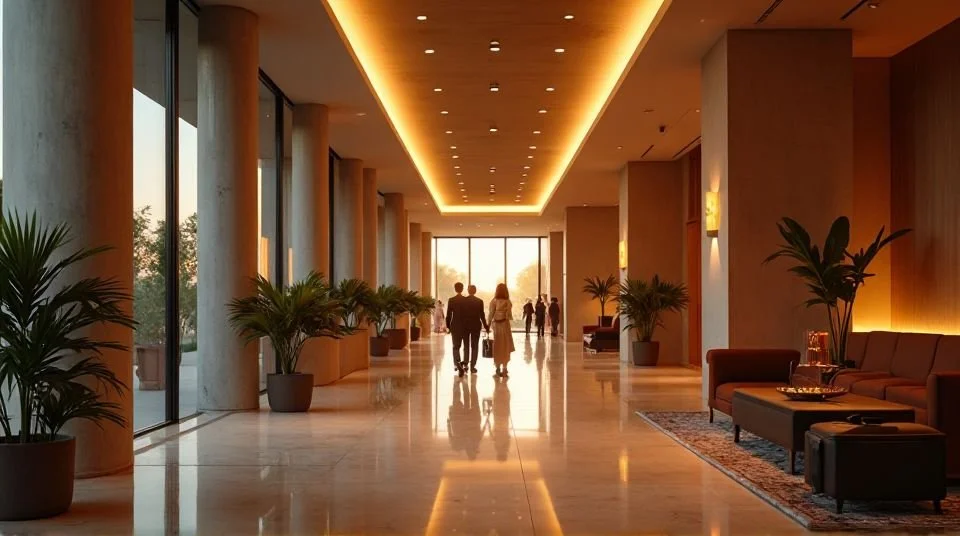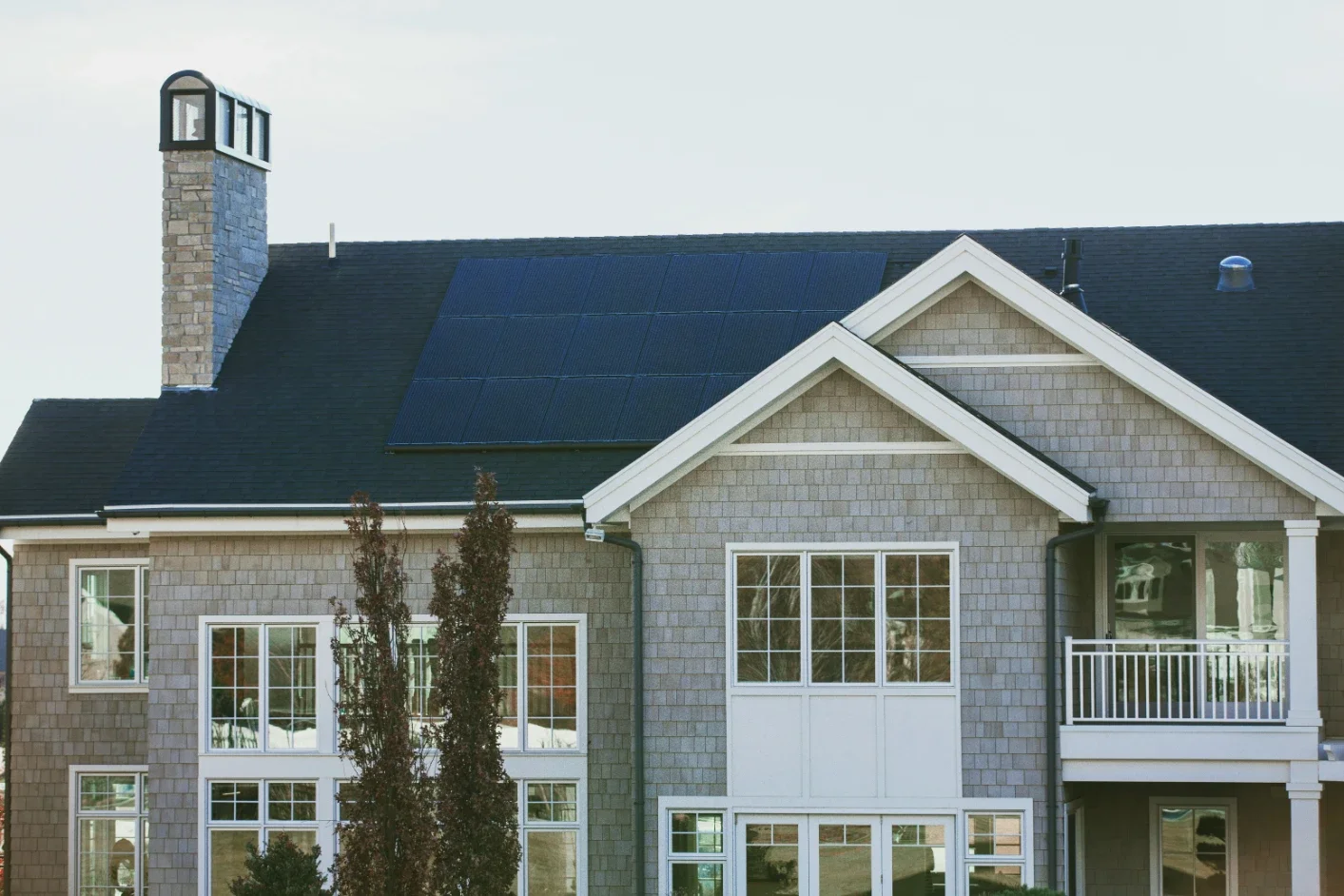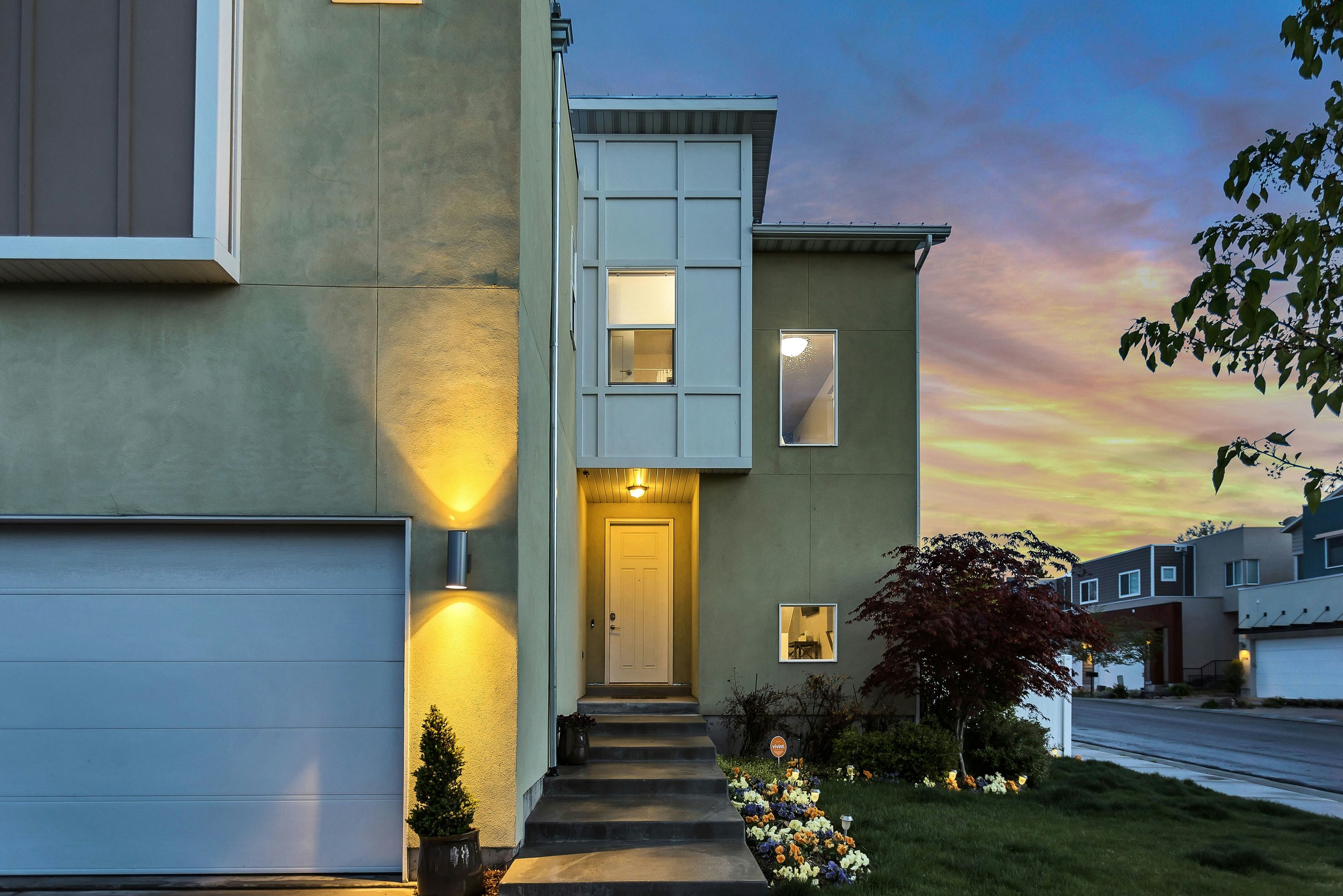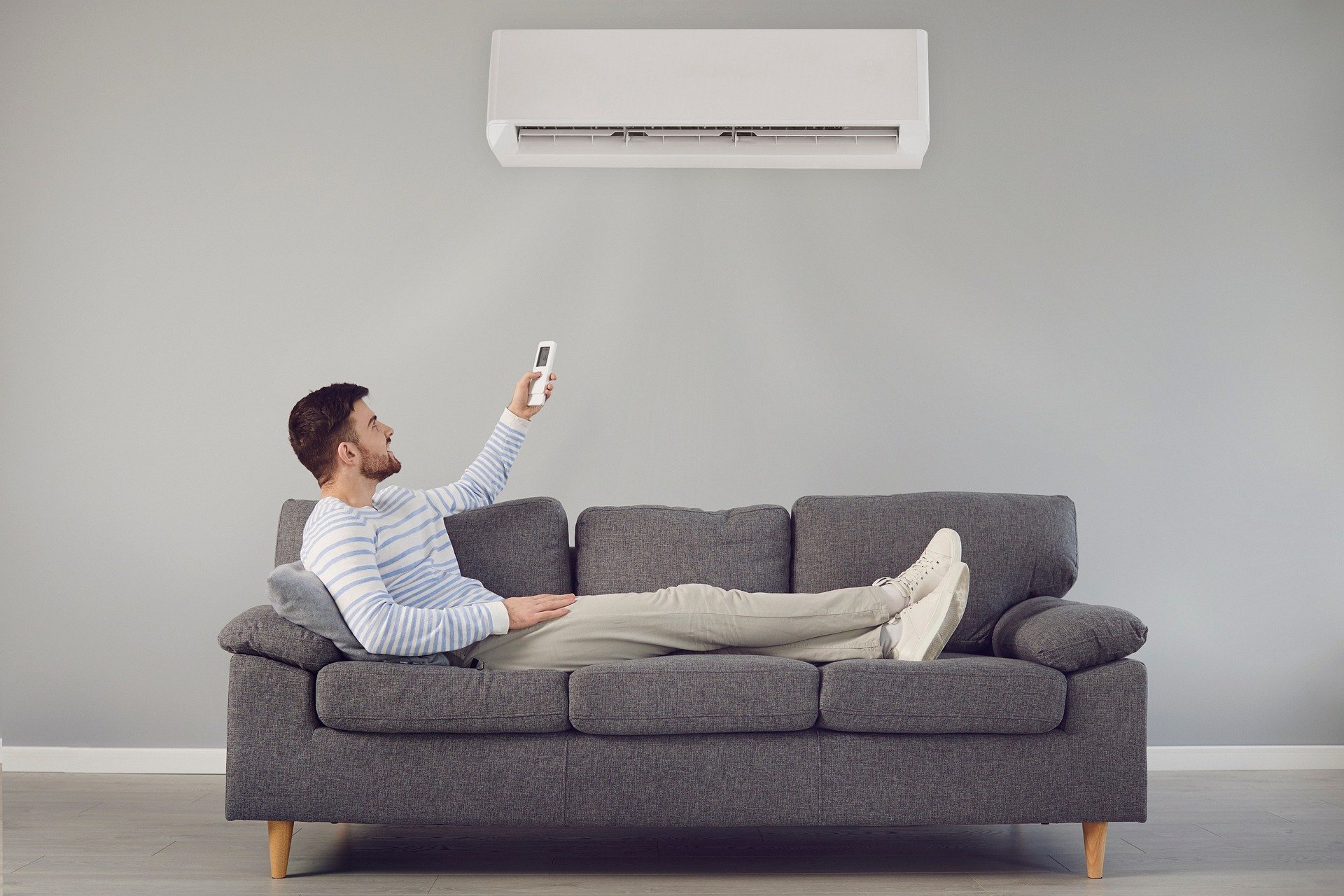Energy Saving Options for Large Hotel Chains
Discover energy saving options for large hotel chains that cut costs, improve efficiency, and support sustainability without sacrificing guest comfort.
Managing a hotel isn’t all about soft pillows, smiling staff and lovely location. Behind the scenes, it’s all about energy. From the background hum of HVAC systems to the chill and mood lighting of lobbies and restaurants, almost every part of the guest experience has an energy story. And in big hotel chains, the scale of energy usage is colossal.
I think of walking into a back-of-house area at a resort in Manila years ago and seeing something funny. The lights were blazing in empty hallways, the air conditioning was cooling off unused ballrooms, and nobody was paying attention. It was as if money were silently seeping out of the walls. That was one of those times when it occurred to me: hotels are using up far more energy than most of them are the wiser for, quite often, that is, without us even hearing them use that energy.
At scale, if you’re an international chain, the conversation around energy efficiency becomes mandatory. It is attached to savings, competitiveness and image. Guests are more aware of sustainability, regulators are more stringent and investors demand accountability. That’s why many chains are now doing business with the renowned electrical contractors that can handle everything from retrofitting lighting to installing sophisticated energy management systems in dozens of location.
Why Hotels Need to Get Serious About Energy Efficiency
The hospitality sector is responsible for a significant portion of the global energy use. Indeed, research by Mr. Schewe and others has found that hotels in China with star ratings account for over 22 percent of all energy use in tourism and generate about 41 percent of emissions linked to carbon. The importance of numbers like this is not merely academic. They reflect a mounting challenge for an industry that is under increasing pressure to balance guest comfort with environmental responsibility.
No longer can large hotels afford to take a casual approach to energy management. Energy costs are one of the easiest ways for margins to be eroded away. Meanwhile, demonstrating a tangible commitment to sustainability can build brand affinity among environmentally conscious travelers, who are increasingly selecting hotels that demonstrate a responsible attitude, Soon says. It’s not just about energy waste, but also about a brand identity that reflects values expressed around the world.
Learning from Real-World Case Studies
One of the best ways to appreciate the impact of measures to use less energy is to examine what hotels have done to reduce their consumption.
For instance, Rosen Hotels & Resorts achieved notable results by replacing outdated bathroom ventilators with ENERGY STAR qualified fans. This single upgrade helped the chain cut energy use by up to 65 percent and save $26,000 annually, all while improving guest comfort with quieter, more efficient systems (ENERGY STAR, U.S. EPA).
Combined heat and power systems slashed energy costs by more than 60% at a DoubleTree by Hilton brand in Dartford. That is not an academic theory, that is an operational energy management example.
The Iberostar Hotels chain implemented AI energy management and reduced HVAC demand by 25 percent, without affecting guest comfort.
In the UK, Travelodge has installed a building management system and switched to LED lighting at 388 hotels, cutting costs by tens of millions of pounds.
In the United States, the Proximity Hotel is well known for its use of 41 percent less energy than an average hotel, employing renewable energy, solar panels and heating and cooling technology.
These case studies illustrate the simplest of points: that investment in proper energy management systems pays. It diminishes the carbon footprint, produces straightforward energy saving, and confirms the hotel’s efforts regarding sustainability.
Applied Measures That Help the Energy Factor of a Heat Pump
Optimize HVAC and Heating Systems
Hospitality: HVAC is the largest energy consumer. If nothing else, guests and hotel owners love to be comfortable while staying, and heating, ventilation and air conditioning (HVAC) drives the lion’s share of energy consumption at the hotel. Utilizing smart controls with today's advanced heating and cooling (HVAC) systems could reduce energy demand by up to 40 per cent. That’s a lot of cost saving for hotels. Occupancy-aware smart thermostats avoid heating or cooling empty rooms, striking a balance between guest comfort and reduced energy waste.
Smarter Lighting
Low-hanging fruit includes swapping out old fixtures for LED lighting. But it’s more than bulbs. Taken to the next level are sensors that control brightness according to occupancy or daylight factors. It’s an easy step that a lot of hotels procrastinate on, but the payoff is quick, often in less than two years.
Partnering with the Right Experts
Here’s where the largest electrical contractors can help. For such a massive retrofit, a building’s basic maintenance staff would not be trained to the level of expertise needed. Contractors can incorporate management systems, develop plans for space that save energy and negotiate with suppliers. A retrofit that might feel out of reach for an individual property is possible across an entire chain with the right partner.
Implementing Smart Technology
Hotels are now implementing smart platforms that integrate HVAC, lighting, and sensors to a single management system. This makes it possible to dynamically adjust energy use, not only to fixed schedules or manually turning things on and off. Consider it the autopilot of energy management.
Measuring the Benefits
The consequences to such measures are quantifiable. Hotels that invest in sophisticated systems can reduce their energy use by 15 to 25 percent, in some cases even more. It’s not just a way to cut bills, but for the under-pressure climate as well. Some chains said those energy savings were equivalent to millions of dollars a year, money that can be reinvested in guest services or improving the condition of hotels.
A larger example comes from the Hyatt Regency Atlanta, where the hotel implemented a Building Automation System to better manage chillers and boilers. Between 2011 and 2013, the hotel reduced energy use by over 10 percent, while saving close to $1 million annually on utilities. By combining HVAC optimization with water conservation, Hyatt demonstrated the value of energy management systems in delivering both cost savings and sustainability (U.S. EPA).
The key is tracking. An energy management system allows you to visualize where energy is wasted. Whether it’s grossly oversized boilers, overcooled lobbies or inefficient air conditioning, if you can’t see it, you probably can’t fix it.
The Bigger Picture: Sustainability and Guest Experience
Sustainability is no longer just a buzzword, it’s a necessity. When a hotel advertises eco-friendly practices, be they linen reuse programs or renewable energy sources, guests notice. More importantly, they feel happier frequenting spaces that match their values.
And here’s the balance: To reduce energy without making the guest so uncomfortable they won’t come back. The same, or even superior comfort while consuming less energy, thanks to intelligent management systems and sophisticated heating, ventilating and air conditioning (HVAC) systems in these hotels. This leads to a minimization of the environmental impact with constant service quality.
How to Start the Journey
It’s a question that hotel managers may be considering, for those who are wondering, the process is less daunting than it appears.
Audit current energy consumption. If you don’t know what the baseline is you cannot optimize energy use.
Pilot small projects. Begin with lighting retrofits or HVAC upgrades, and then scale.
Engage specialists. Employ specialists or service providers who are familiar with hotel operation.
Monitor results. Based on real-time data monitoring helps accountability and it also warrants the scaling up through chains.
Each one of these layers show stakeholders and guests the serious attention that the further designs have towards sustainability.
Conclusion
Big hotel chains are the heart of the hospitality industry and the intersection of luxury and responsibility. But their size also makes their energy consumption and carbon emissions significant. The future belongs to hotel chains who embrace the deployment of energy-efficient systems, adopt energy management tools, and team with the leading electrical contractors.
The outcome is not abstract. It’s lower energy consumption, energy savings you can quantify, more dedication to sustainability, and less impact on the environment. Most importantly, it earns guests’ trust, and earns hotels a place at the forefront of a world where sustainability is no longer just an option, it is a requirement.
The industry has the tools. The data is clear. What remains is action. The faster they do, the quicker they save energy, provide better experiences, and reduce carbon emissions in a manner that forecasts the hotel industry future.










